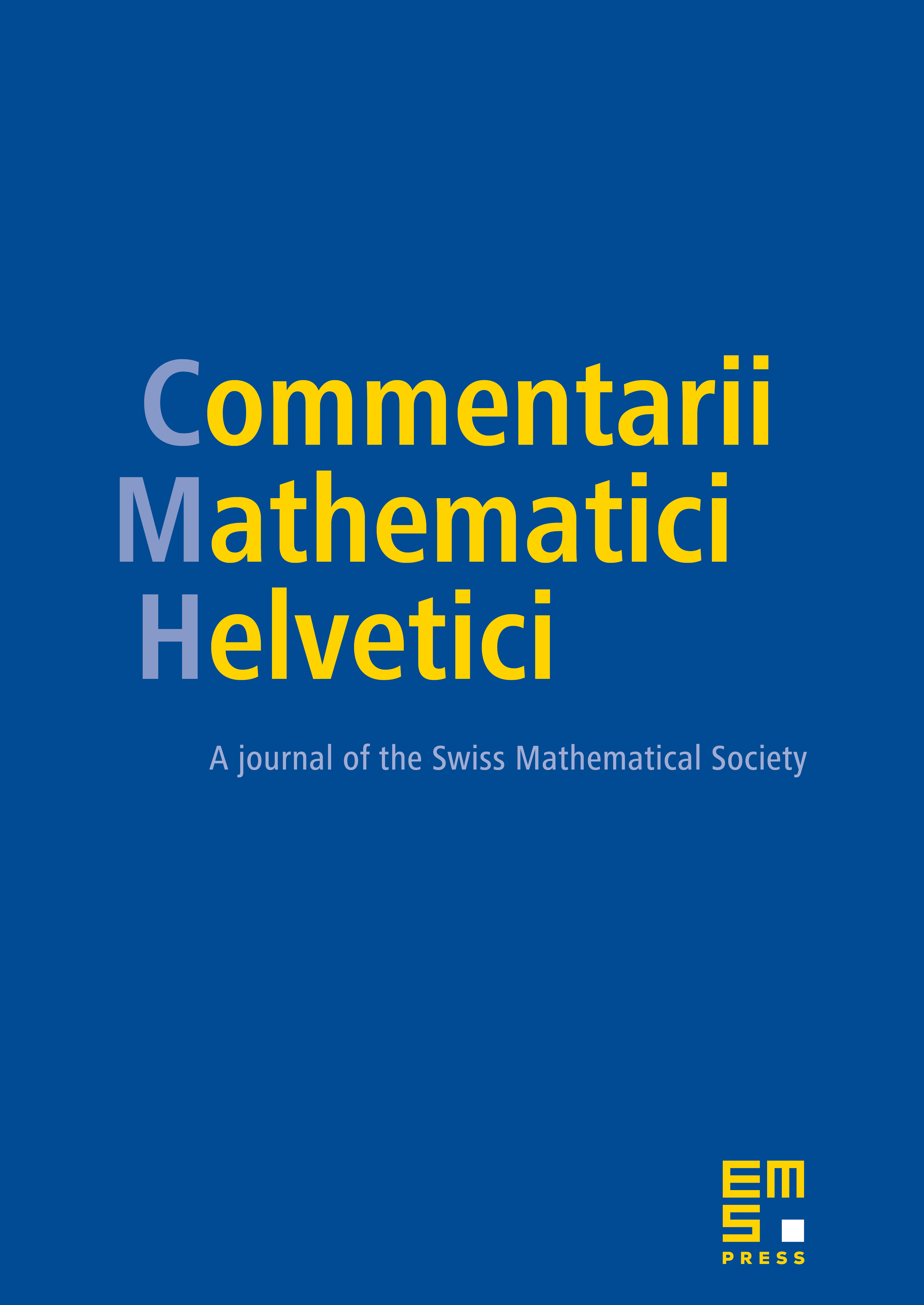Group representations in the homology of 3-manifolds
Alex Bartel
University of Glasgow, UKAurel Page
Université de Bordeaux, Talence, France

Abstract
If is a manifold with an action of a group , then the homology group is naturally a -module, where denotes the rational group ring. We prove that for every finite group , and for every -module , there exists a closed hyperbolic 3-manifold with a free -action such that the -module is isomorphic to . We give an application to spectral geometry: for every finite set of prime numbers, there exist hyperbolic 3-manifolds and that are strongly isospectral such that for all , the -power torsion subgroups of and of have different orders. The main geometric techniques are Dehn surgery and, for the spectral application, the Cheeger–Müller formula, but we also make use of tools from different branches of algebra, most notably of regulator constants, a representation theoretic tool that was originally developed in the context of elliptic curves.
Cite this article
Alex Bartel, Aurel Page, Group representations in the homology of 3-manifolds. Comment. Math. Helv. 94 (2019), no. 1, pp. 67–88
DOI 10.4171/CMH/455